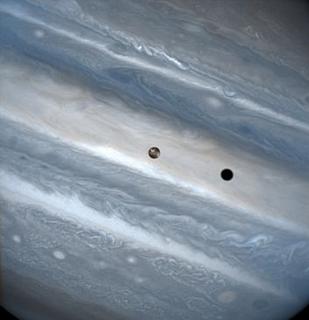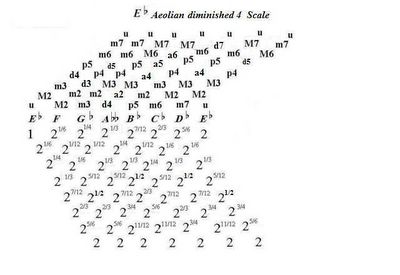
Today's New York Times has an article about 81-year-old Marshall Allen's struggle to keep the Sun Ra Arkestra intact and active a full 12 years after Ra departed this world and 10 years after the passing of Arkestra tenor saxophonist John Gilmore. (Gilmore is often cited as a major influence for John Coltrane).
Deep appreciation is due for Marshall Allen's efforts to keep this incredible ensemble going. He has been living in the same Philadelphia townhouse that Sun Ra lived in (communally, with the Arkestra back in their prime) and it sounds like a museum of this living body of music. The world is simply a richer place for his efforts. At the same time, it seems like a cruel injustice that this labor of love should be such a struggle at this point in his life. This is the music and legacy of Sun Ra that h
 e is an important part of. It is a substantive and important part of American music history. This music is a valuable cultural contribution.
e is an important part of. It is a substantive and important part of American music history. This music is a valuable cultural contribution.Here's a line from the article that really got my attention: "In another corner was a tall wardrobe cabinet containing hundreds of Sun Ra's original music scores, much of them never recorded." There remains a body of Sun Ra compositions that have never been recorded?????? How can this be???? The mind reels at the prospect of such an untapped, unknown wealth of new music yet to be heard from this outstanding creative mind. This wardrobe of scores sounds like the musical equivalent of a chest of unknown Shakespeare manuscripts. How is it that there's no army of Sun Ra scholars pouring over these scores, preserving them and actively promoting performances and recordings of them?
 How can Marshall Allen be facing such financial struggles with this kind of treasure around? There really needs to be an initiative to correct this injustice. If money can be raised to build presidential libraries then surely something could be done to properly honor the legacy of Sun Ra.
How can Marshall Allen be facing such financial struggles with this kind of treasure around? There really needs to be an initiative to correct this injustice. If money can be raised to build presidential libraries then surely something could be done to properly honor the legacy of Sun Ra.Something else I learned from this article is that Marshall Allen has also written music and at 81 he continues to compose prolifically. I'd love to hear his music. This man has experienced the beauty of Arkestra life since 1958 and he's still carrying on.
I fear that it will take far too long before the real value of Sun Ra is understood. And by that time Marshall Allen will no longer be with us and too many of these unrecorded scores will be lost. Sun Ra is an outsider in death much as he was in life. He was a master of writing a great melodic line. He was a fantastic orchestrator, leader and composer who oversaw a tremendous period of advancement in jazz as it became an art music over the course of the 20th century. His persona is a poignant commentary and empowering gesture to define his own identity outside the narrow confines of a culture and planet that could not absorb, appreciate or contain his imagination. His fleeting terrestrial presence will have reverberations for generations to come.


























